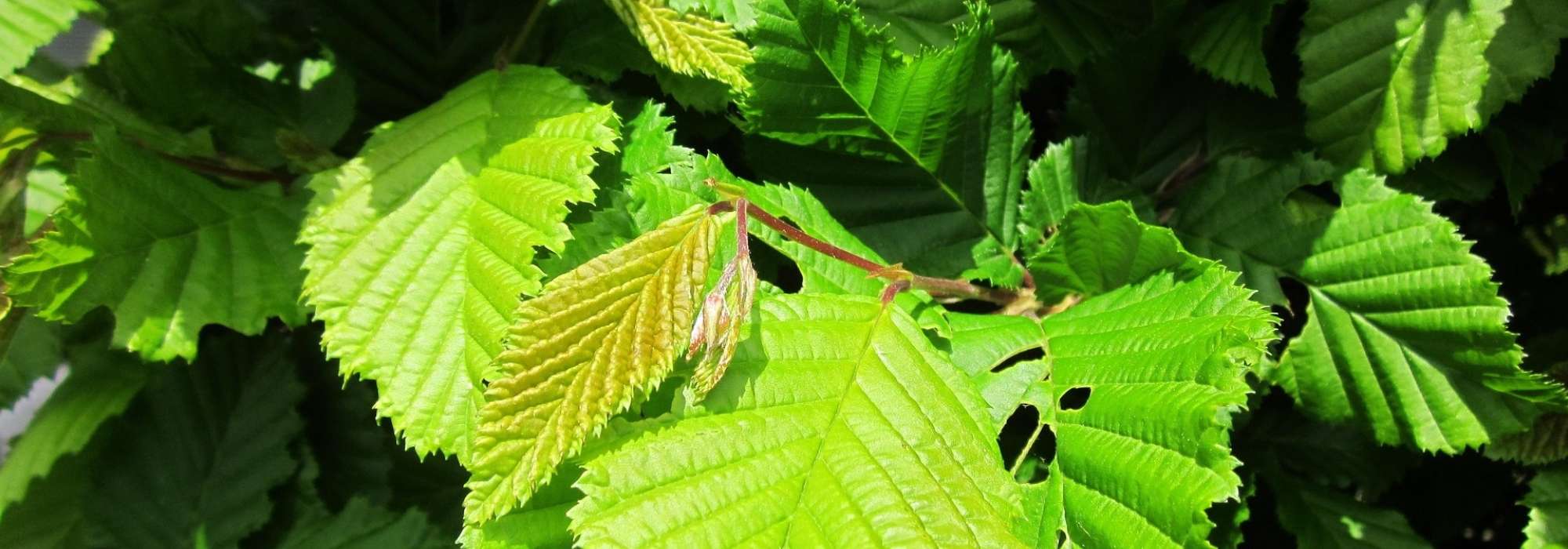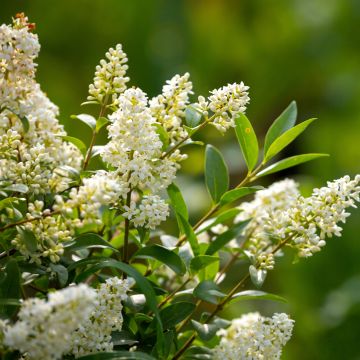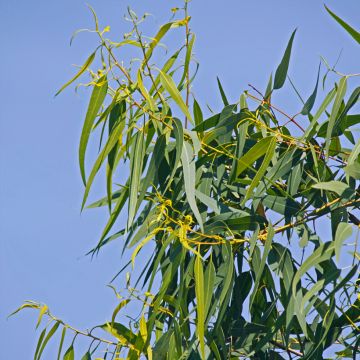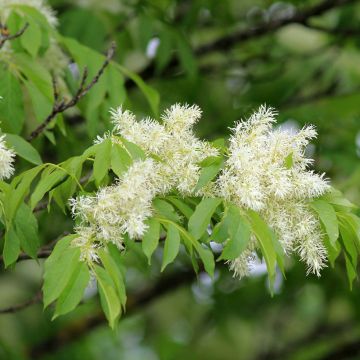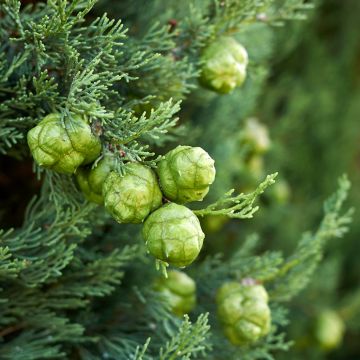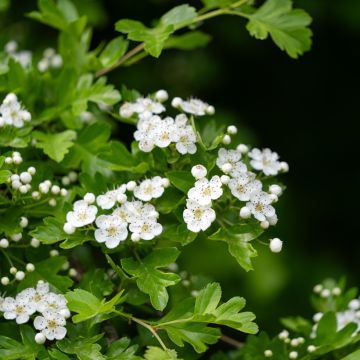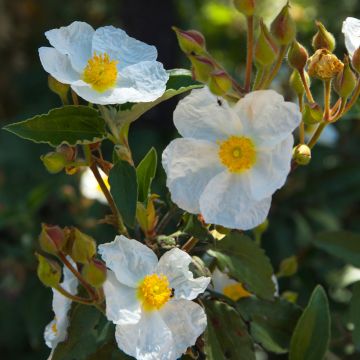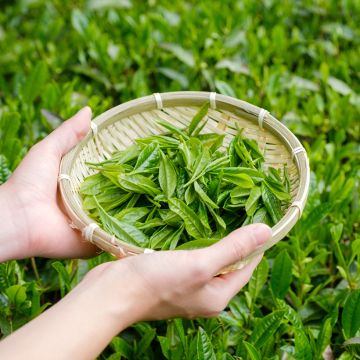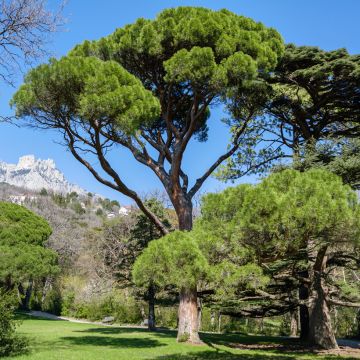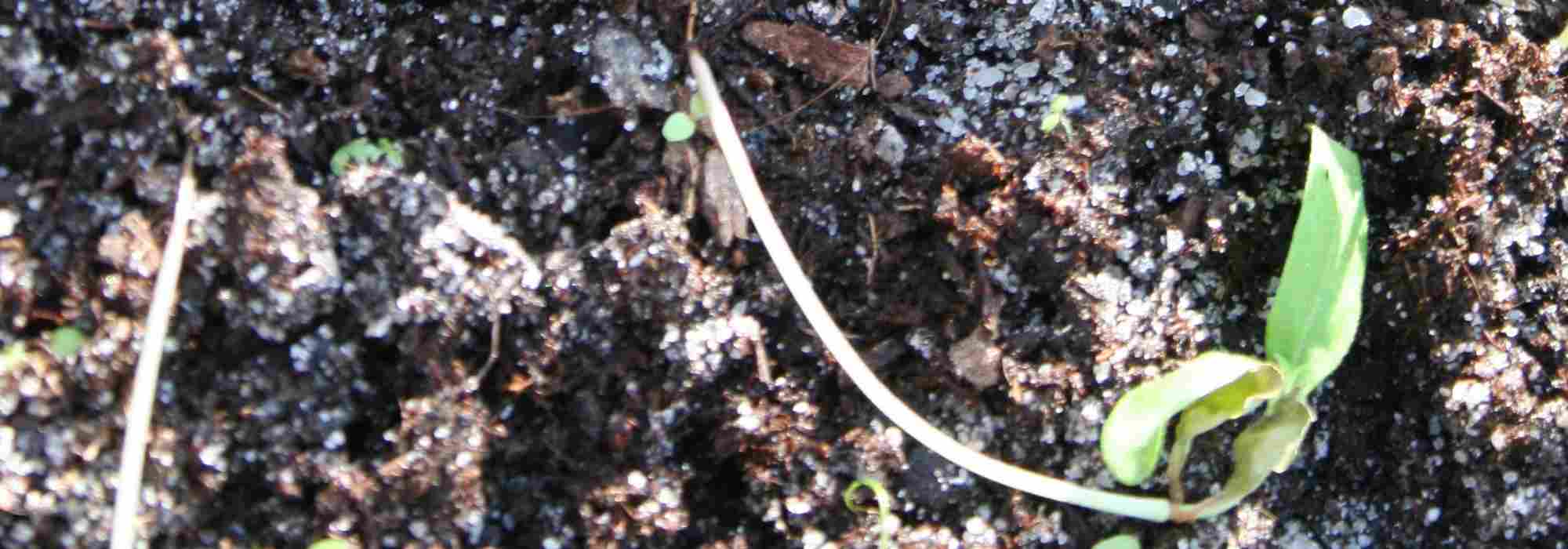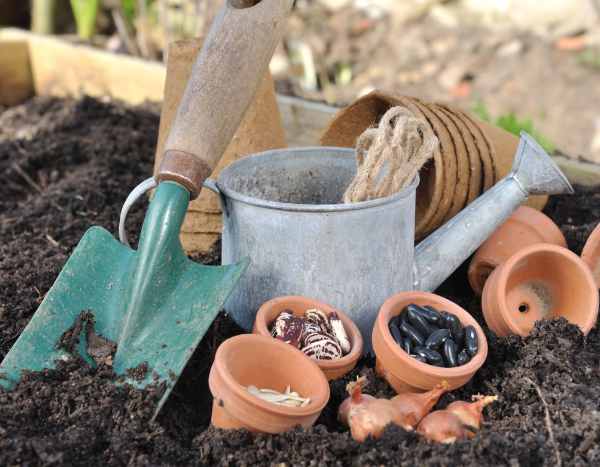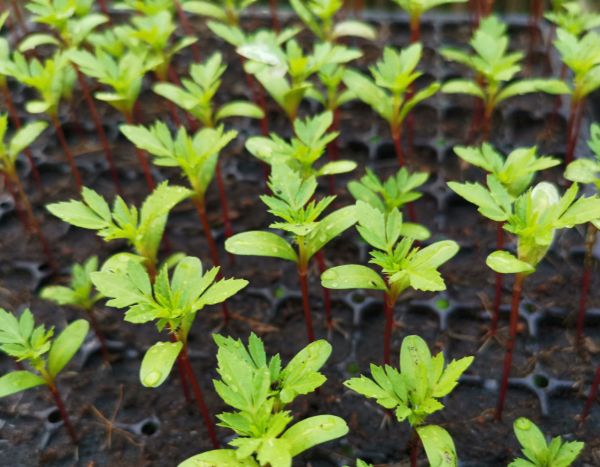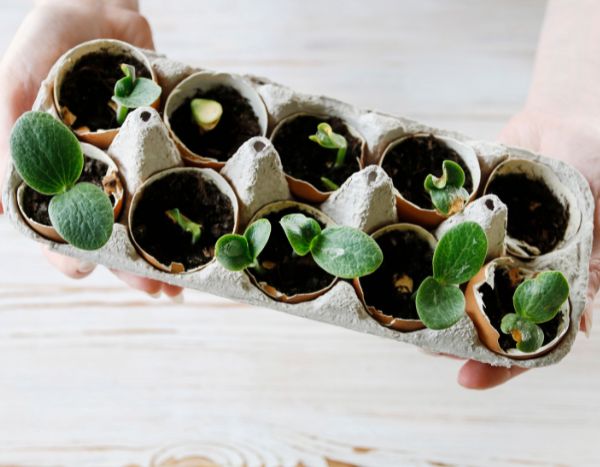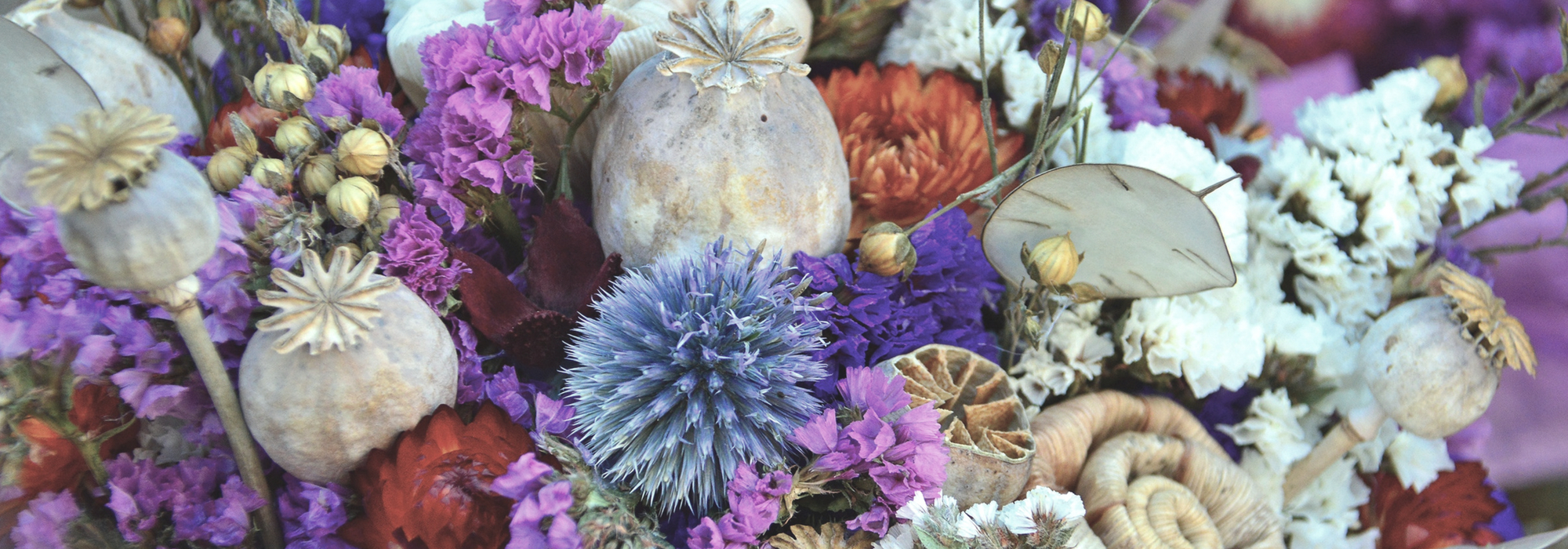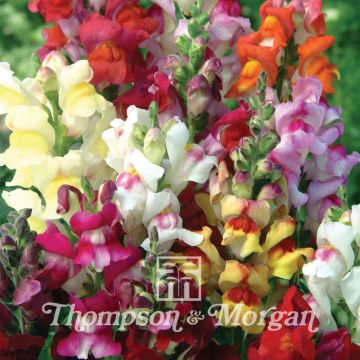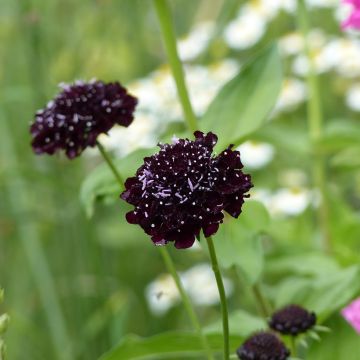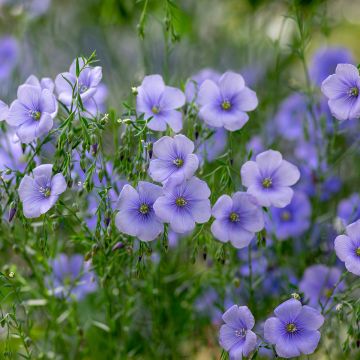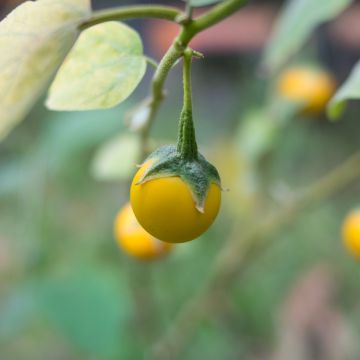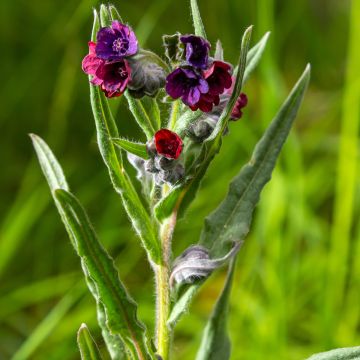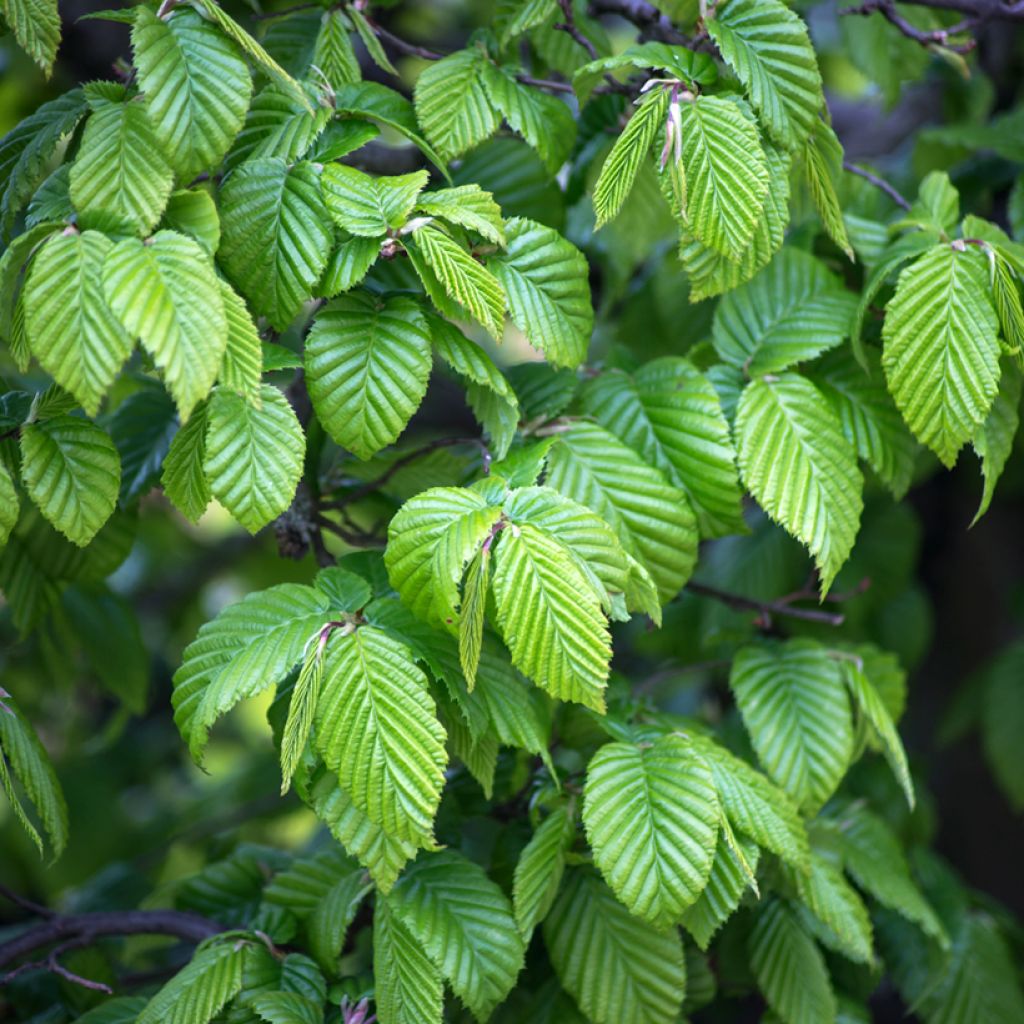

Carpinus betulus seeds - Common hornbeam
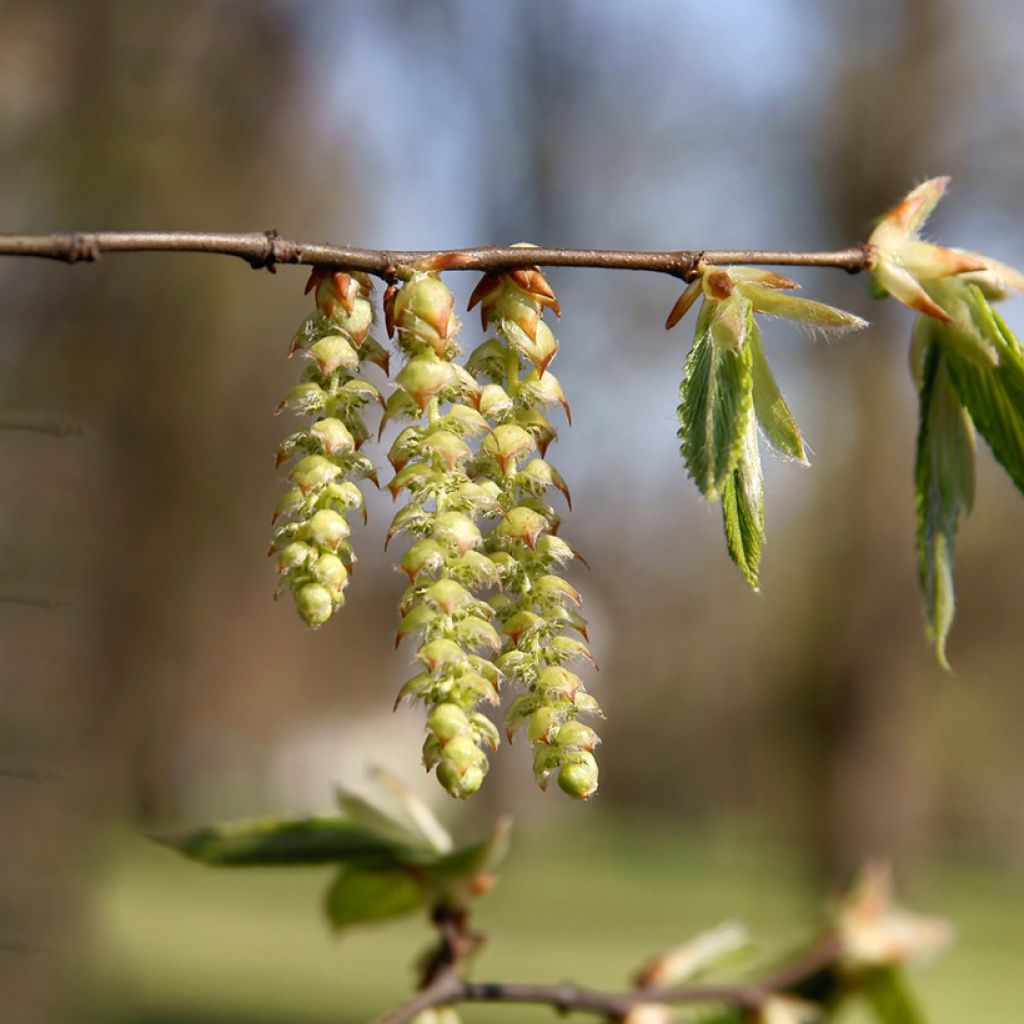

Carpinus betulus seeds - Common hornbeam
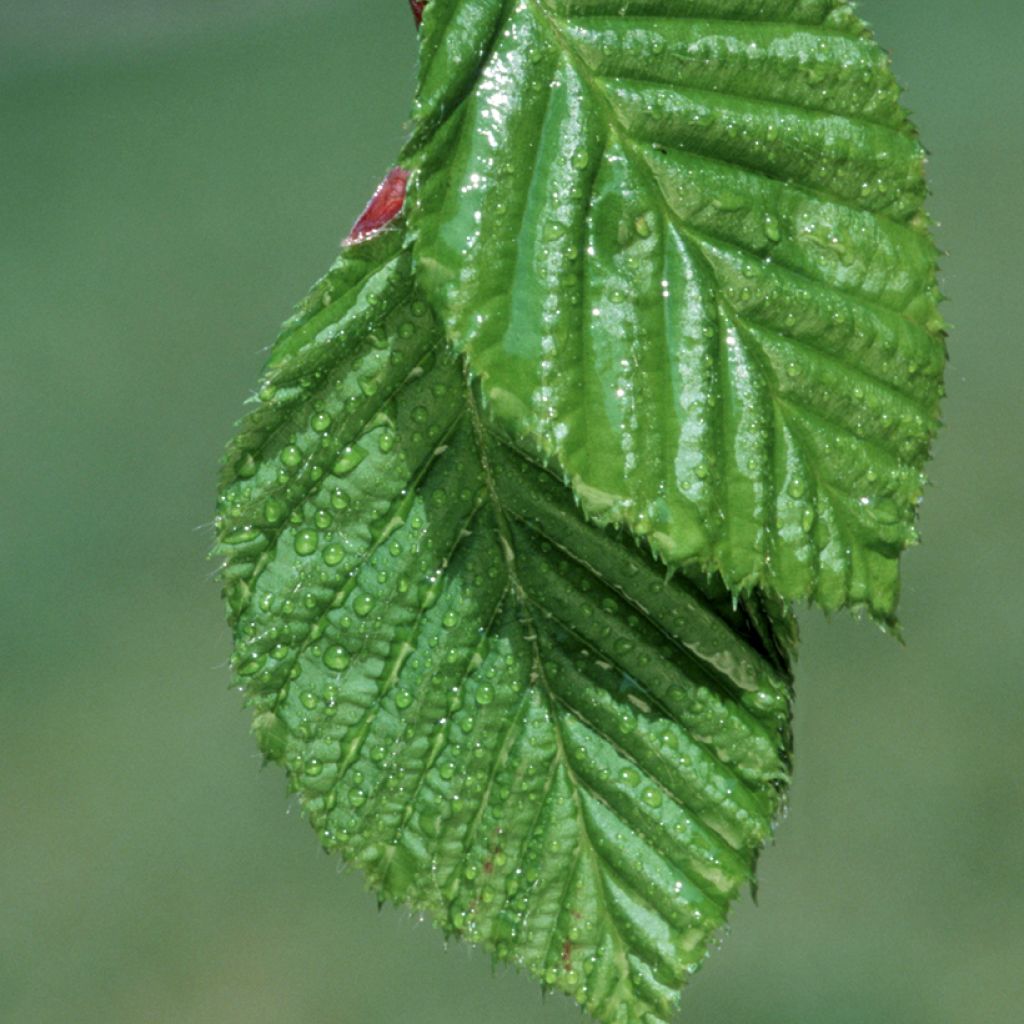

Carpinus betulus seeds - Common hornbeam
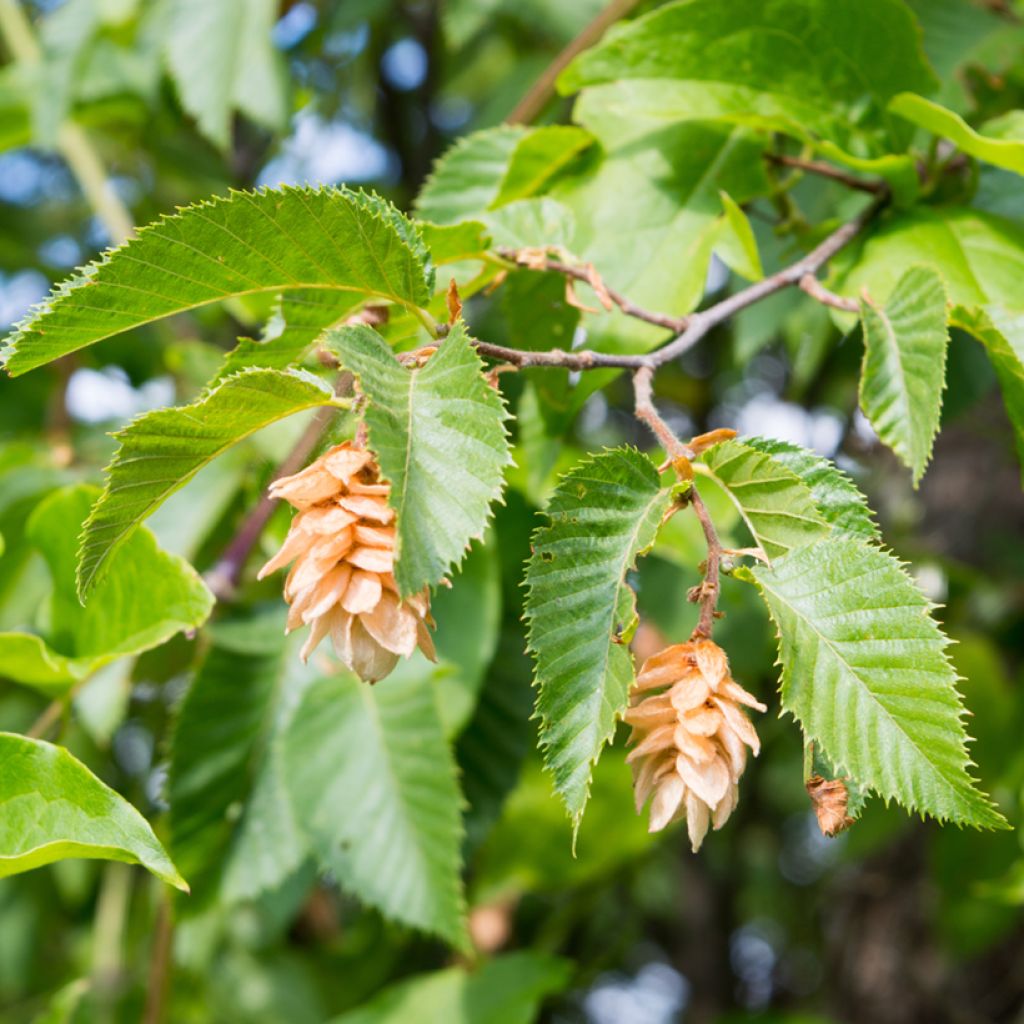

Carpinus betulus seeds - Common hornbeam
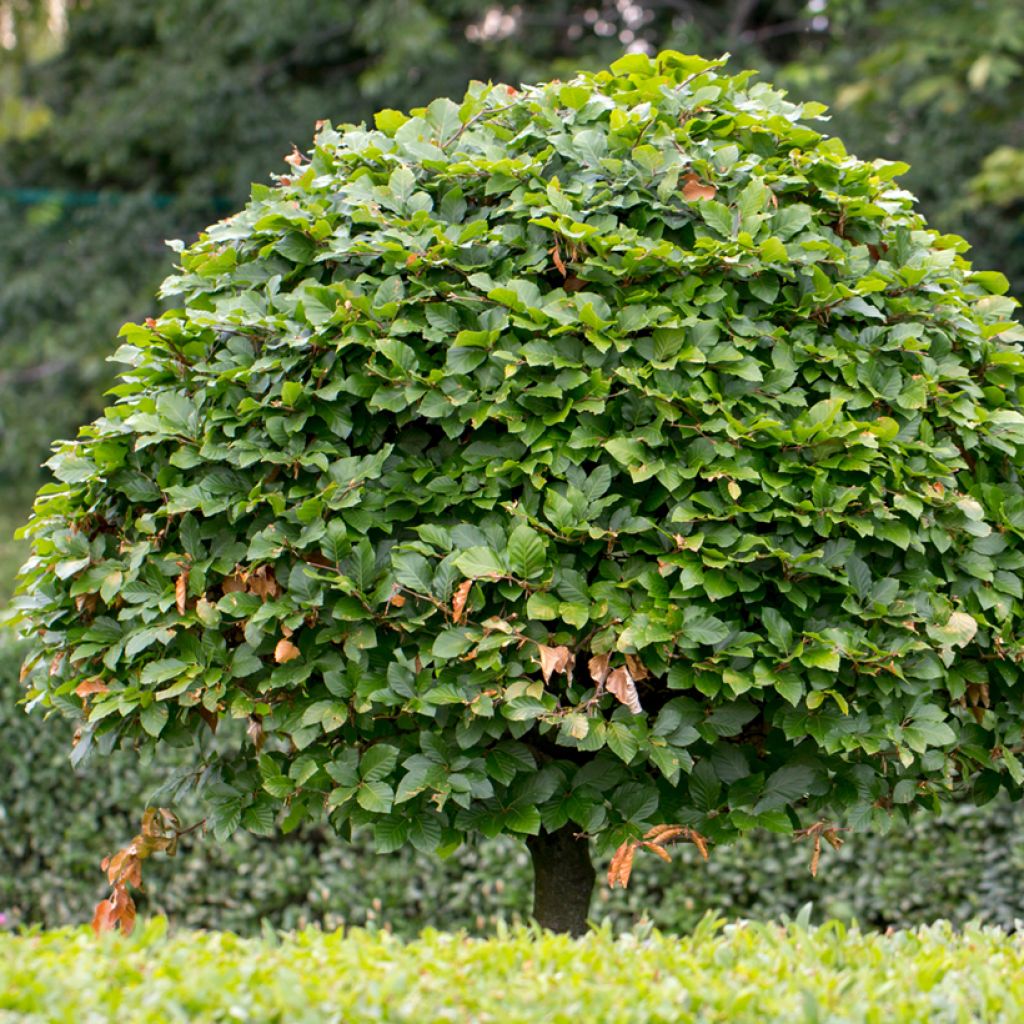

Carpinus betulus seeds - Common hornbeam
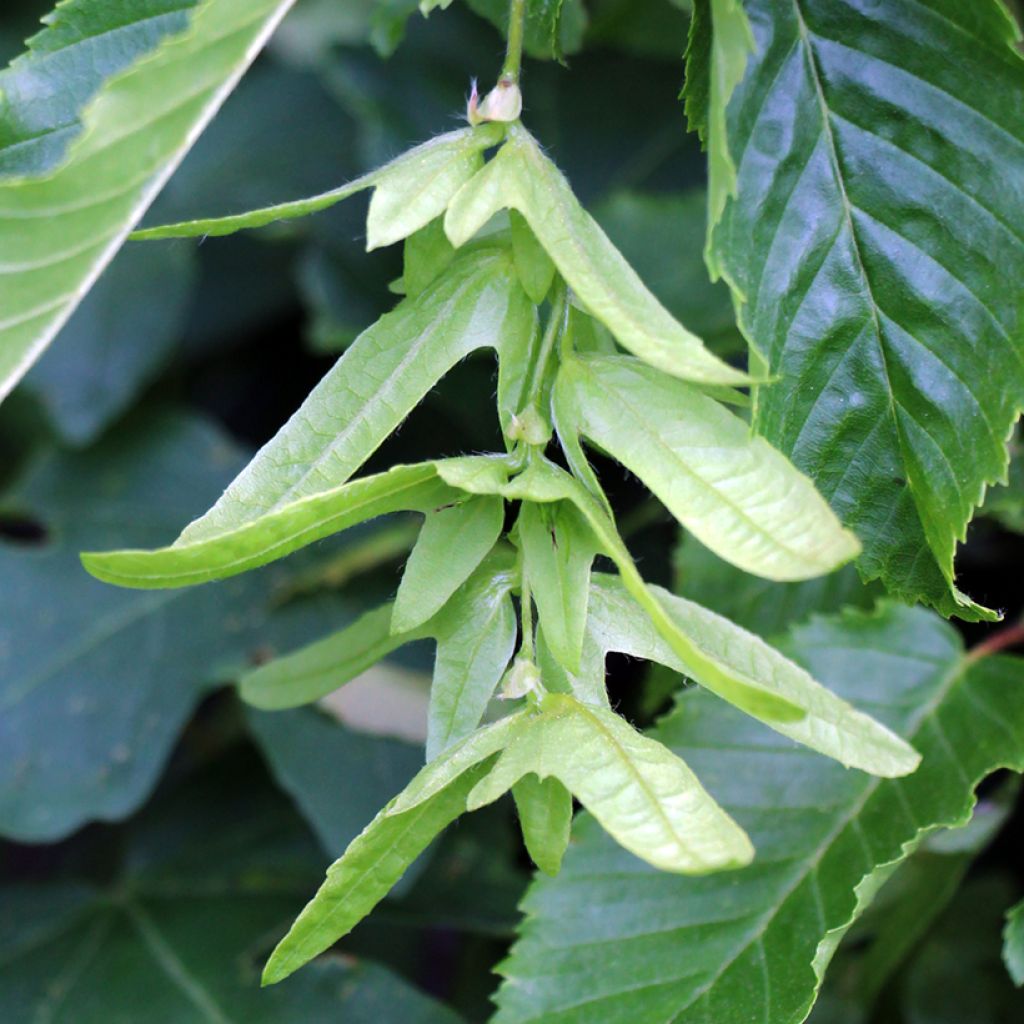

Carpinus betulus seeds - Common hornbeam
Carpinus betulus seeds - Common hornbeam
Carpinus betulus
Common Hornbeam
Special offer!
Receive a €20 voucher for any order over €90 (excluding delivery costs, credit notes, and plastic-free options)!
1- Add your favorite plants to your cart.
2- Once you have reached €90, confirm your order (you can even choose the delivery date!).
3- As soon as your order is shipped, you will receive an email containing your voucher code, valid for 3 months (90 days).
Your voucher is unique and can only be used once, for any order with a minimum value of €20, excluding delivery costs.
Can be combined with other current offers, non-divisible and non-refundable.
Home or relay delivery (depending on size and destination)
Schedule delivery date,
and select date in basket
This plant carries a 6 months recovery warranty
More information
We guarantee the quality of our plants for a full growing cycle, and will replace at our expense any plant that fails to recover under normal climatic and planting conditions.
Does this plant fit my garden?
Set up your Plantfit profile →
Description
Sowing the seeds of Common Hornbeam, or Carpinus betulus, allows you to propagate this elegant tree, ideal for creating marcescent hedges, where the dried foliage remains on the branches in winter. The young leaves appear in spring, accompanying the flowers. It is a highly suitable bush for quickly and affordably forming privacy screens. The seeds of Carpinus betulus require several months of cold stratification to break their dormancy.
Native to Europe, Turkey, and Ukraine, Carpinus betulus or Hornbeam is a very hardy species, widely found in the forests of Central Europe. At maturity, it can reach 25 metres in height, although in cultivation, particularly in gardens where it is often pruned, it rarely exceeds 10 metres. Its straight trunk is covered with pale grey to grey-green smooth bark, which cracks over the years. The foliage is marcescent. It consists of ovate, toothed, 7 to 12 cm long, light green leaves which turn yellow-orange in autumn. The leaves remain attached to the branches for a long time before falling, just as the new leaves emerge in spring. The discreet flowering of this tree consists of cylindrical yellow male catkins, measuring about 3 cm and appearing as early as autumn, while the thinner green, 12cm long female catkins develop in spring. Its fruits, called samaras, form in pendulous clusters of 3 to 6 cm, initially green before turning yellow-brown in September.
Hornbeam is a robust and adaptable tree, tolerating a wide range of soils, provided they are sufficiently deep. It withstands limestone and occasionally dry soils. Highly valued in clipped or informal hedges, it forms excellent windbreaks and is also suitable for planting as a standalone specimen in gardens. Its autumnal foliage pairs beautifully with Cotinus, European spindle 'Red Cascade', Parrotia persica, or the Montpellier maple, which also offer beautiful seasonal colours.
Carpinus betulus seeds - Common hornbeam in pictures
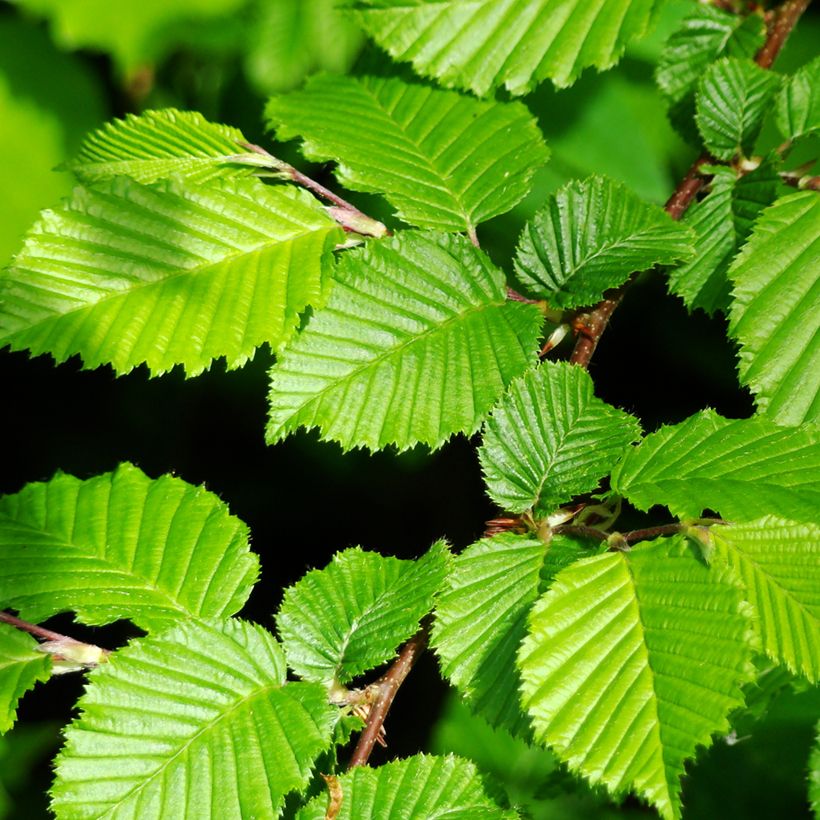

Flowering
Foliage
Plant habit
Safety measures
Botanical data
Carpinus
betulus
Betulaceae
Common Hornbeam
Central Europe
atteinterespiratoire
Cette plante peut entraîner des symptômes allergiques.
Evitez de la planter si vous ou vos proches souffrez de rhinite saisonnière ("rhume des foins").
Davantage d'informations sur https://plantes-risque.info
Other Tree seeds
View all →Planting and care
Common hornbeam (Carpinus betulus) seeds have a dormancy that requires a two-step pretreatment to ensure effective germination. The first phase involves keeping them at a temperature of 20°C for at least four weeks in a well-draining and moist substrate, composed of a 50/50 mix of compost and sand, perlite, or vermiculite. The mixture should be placed in a transparent plastic bag with an opening for air circulation, and moisture must be monitored to prevent drying out.
The second phase involves cold stratification by placing the seeds in the refrigerator at 4°C for approximately 24 weeks. Some seeds may begin to germinate during this period; they should then be carefully removed and potted.
Once stratification is complete, the seeds can be sown in pots or directly in the ground, covered with a centimetre of potting soil. It is important to avoid exposing the young seedlings to high temperatures above 25°C. Regular watering and weeding are necessary to ensure proper development. Depending on growing conditions, growth in the first year ranges between 15 and 50 cm. The young plants should be kept like this for one or two years before final planting.
Sowing period
Intended location
Planting & care advice
This item has not been reviewed yet - be the first to leave a review about it.
Similar products
Haven't found what you were looking for?
Hardiness is the lowest winter temperature a plant can endure without suffering serious damage or even dying. However, hardiness is affected by location (a sheltered area, such as a patio), protection (winter cover) and soil type (hardiness is improved by well-drained soil).

Photo Sharing Terms & Conditions
In order to encourage gardeners to interact and share their experiences, Promesse de fleurs offers various media enabling content to be uploaded onto its Site - in particular via the ‘Photo sharing’ module.
The User agrees to refrain from:
- Posting any content that is illegal, prejudicial, insulting, racist, inciteful to hatred, revisionist, contrary to public decency, that infringes on privacy or on the privacy rights of third parties, in particular the publicity rights of persons and goods, intellectual property rights, or the right to privacy.
- Submitting content on behalf of a third party;
- Impersonate the identity of a third party and/or publish any personal information about a third party;
In general, the User undertakes to refrain from any unethical behaviour.
All Content (in particular text, comments, files, images, photos, videos, creative works, etc.), which may be subject to property or intellectual property rights, image or other private rights, shall remain the property of the User, subject to the limited rights granted by the terms of the licence granted by Promesse de fleurs as stated below. Users are at liberty to publish or not to publish such Content on the Site, notably via the ‘Photo Sharing’ facility, and accept that this Content shall be made public and freely accessible, notably on the Internet.
Users further acknowledge, undertake to have ,and guarantee that they hold all necessary rights and permissions to publish such material on the Site, in particular with regard to the legislation in force pertaining to any privacy, property, intellectual property, image, or contractual rights, or rights of any other nature. By publishing such Content on the Site, Users acknowledge accepting full liability as publishers of the Content within the meaning of the law, and grant Promesse de fleurs, free of charge, an inclusive, worldwide licence for the said Content for the entire duration of its publication, including all reproduction, representation, up/downloading, displaying, performing, transmission, and storage rights.
Users also grant permission for their name to be linked to the Content and accept that this link may not always be made available.
By engaging in posting material, Users consent to their Content becoming automatically accessible on the Internet, in particular on other sites and/or blogs and/or web pages of the Promesse de fleurs site, including in particular social pages and the Promesse de fleurs catalogue.
Users may secure the removal of entrusted content free of charge by issuing a simple request via our contact form.
The flowering period indicated on our website applies to countries and regions located in USDA zone 8 (France, the United Kingdom, Ireland, the Netherlands, etc.)
It will vary according to where you live:
- In zones 9 to 10 (Italy, Spain, Greece, etc.), flowering will occur about 2 to 4 weeks earlier.
- In zones 6 to 7 (Germany, Poland, Slovenia, and lower mountainous regions), flowering will be delayed by 2 to 3 weeks.
- In zone 5 (Central Europe, Scandinavia), blooming will be delayed by 3 to 5 weeks.
In temperate climates, pruning of spring-flowering shrubs (forsythia, spireas, etc.) should be done just after flowering.
Pruning of summer-flowering shrubs (Indian Lilac, Perovskia, etc.) can be done in winter or spring.
In cold regions as well as with frost-sensitive plants, avoid pruning too early when severe frosts may still occur.
The planting period indicated on our website applies to countries and regions located in USDA zone 8 (France, United Kingdom, Ireland, Netherlands).
It will vary according to where you live:
- In Mediterranean zones (Marseille, Madrid, Milan, etc.), autumn and winter are the best planting periods.
- In continental zones (Strasbourg, Munich, Vienna, etc.), delay planting by 2 to 3 weeks in spring and bring it forward by 2 to 4 weeks in autumn.
- In mountainous regions (the Alps, Pyrenees, Carpathians, etc.), it is best to plant in late spring (May-June) or late summer (August-September).
The harvesting period indicated on our website applies to countries and regions in USDA zone 8 (France, England, Ireland, the Netherlands).
In colder areas (Scandinavia, Poland, Austria...) fruit and vegetable harvests are likely to be delayed by 3-4 weeks.
In warmer areas (Italy, Spain, Greece, etc.), harvesting will probably take place earlier, depending on weather conditions.
The sowing periods indicated on our website apply to countries and regions within USDA Zone 8 (France, UK, Ireland, Netherlands).
In colder areas (Scandinavia, Poland, Austria...), delay any outdoor sowing by 3-4 weeks, or sow under glass.
In warmer climes (Italy, Spain, Greece, etc.), bring outdoor sowing forward by a few weeks.






























